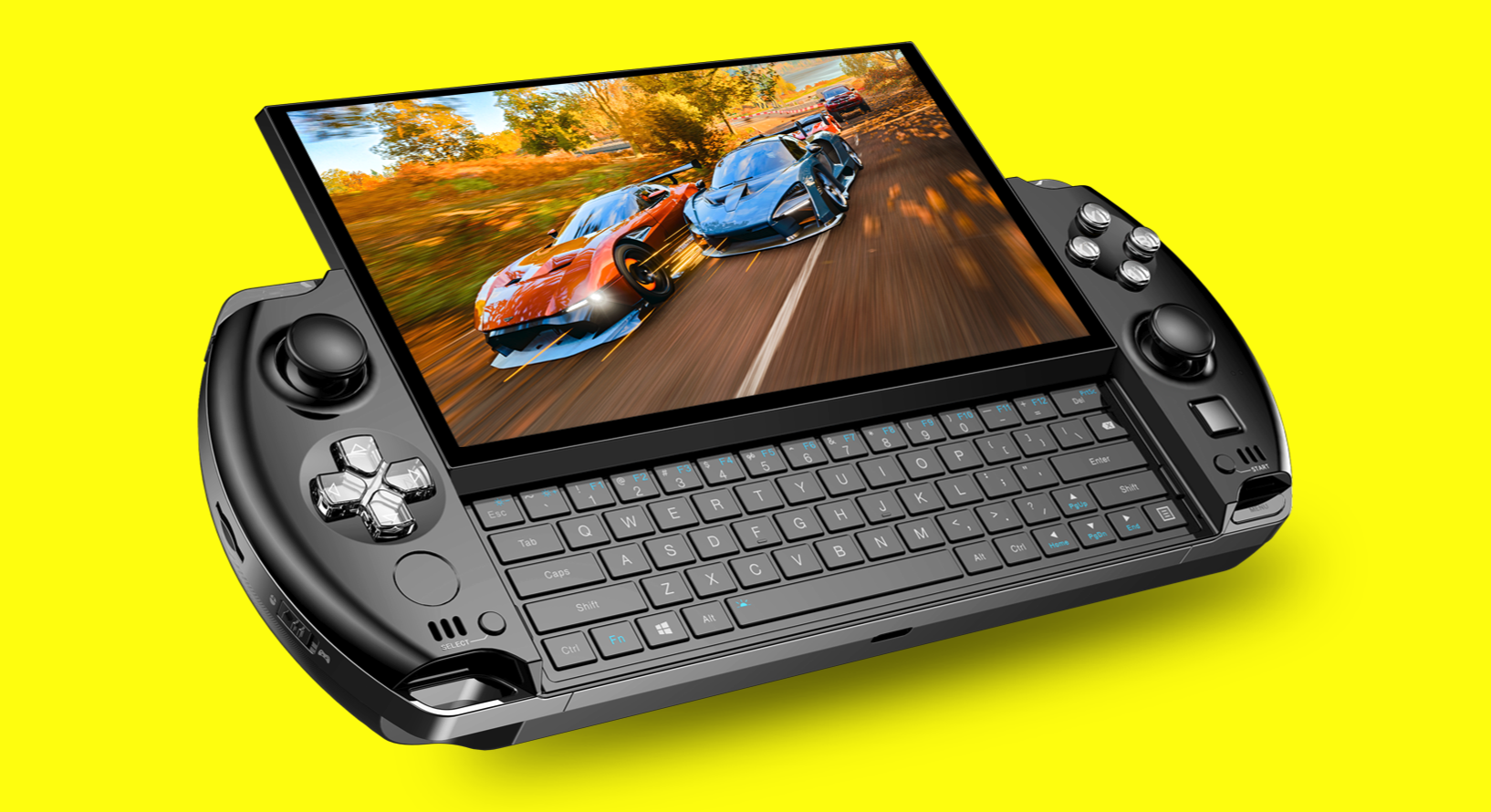It seemed like much of 2024 was held in anticipation of Strix Halo, but despite AMD's behemoth APU launching way back in January for CES 2025, we still haven't seen much of it in the wild—certainly not for gaming, anyway. Now, however, we've got our first sliver of a glimpse at it in what is apparently a GPD handheld featuring an AMD Ryzen AI Max+ 395 (Strix Halo) APU.
X user and prolific tech leaker HXL (@9550pro) shared an image of the device from Chinese social media site QQ (via NotebookCheck) and called it a "GPD STX Halo handheld prototype." The PSP-esque curvature to the bumper visible on the top-left does look what you find on a GPD 4 Win, so this could be a GPD 4 Win or maybe even GPD 5 Win (unannounced) prototype.
GPD STX Halo handheld prototypeSource:QQ pic.twitter.com/nhSf5xucR3June 28, 2025
The screen shows a 3DMark TimeSpy result of 10,366, which is about what you'll get from a machine with an RTX 4060 mobile GPU. It's also, as NotebookCheck points out, 3x more powerful than GPD Win 4 scores, with that handheld featuring the Ryzen AI 9 HX 370 (Strix Point rather than Strix Halo).
Strix Halo is the biggest and baddest of AMD's APUs. The top-end version—the one we see here—is the AI Max+ 395, which has an RDNA 3.5 GPU with 40 Compute Units (CUs) alongside 16 CPU cores. It maxes out at 120 W, which is much higher than we see in handhelds, which usually run from about 15–35 W.
There is, of course, a question of how much juice would be required to achieve these results—more than the usual handheld TDP, one would think. But systems engineer and tech Tweeter Cary Golomb points out that Strix Halo bandwidth pretty much caps out at 45 W (for 1080p gaming), so a plugged-in GPD handheld might be able to make the most of the chip.

That being said, Strix Halo is still a very expensive chip—you're getting a lot more CPU grunt than you'd need or want out of a handheld—and it's difficult to see how that price would be justified for most gamers unless the low-TDP handheld gaming performance was much better than the HX AI 370.
It does seem like Strix Halo is more powerful than Strix Point at lower wattages, but as Cary Golomb again points out, only about 20% or so at 15 W. And unfortunately, Strix Halo seems to cost much more than 20% more than Strix Point. That price might be justified for a workstation mini PC or laptop, but not for handhelds or laptops, as our Jacob Ridley argued in his ROG Flow Z13 2025 (with Strix Halo APU) review.
In that review, Jacob said, "This isn't a chip designed for a gaming device and it shows." And I can't help but feel the same about this prototype Strix Halo-powered GPD handheld, assuming GPD doesn't work a miracle on the pricing front. But hey, it's cool to see nonetheless.
For my money, though, I'm more excited about Strix Halo being plopped in laptop and mini PC form factors. A recent Geekbench result (via @RubyRapids) hints at a Minisforum Strix Halo miniPC (Shenzhen Meigao Electronic Equipment Co., listed as the motherboard manufacturer, runs Minisforum).
We've liked what we've seen of Minisforum's mini PCs for gaming, and perhaps a mini PC from them that's aimed at productivity as well as gaming would be an ideal candidate for Strix Halo. I suppose we'll see; hopefully, there'll be more AI Max 300 devices to look at soon.


